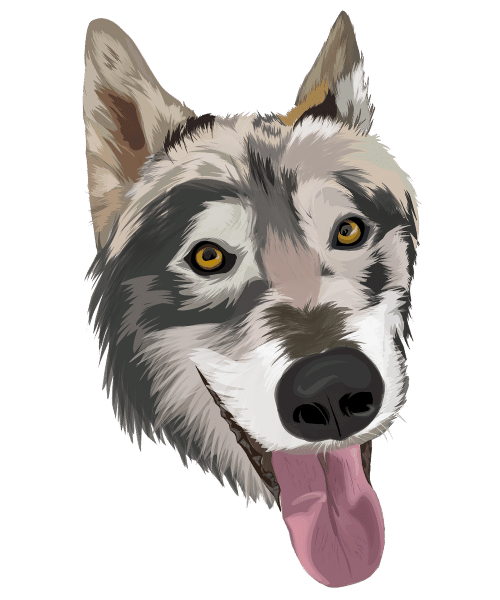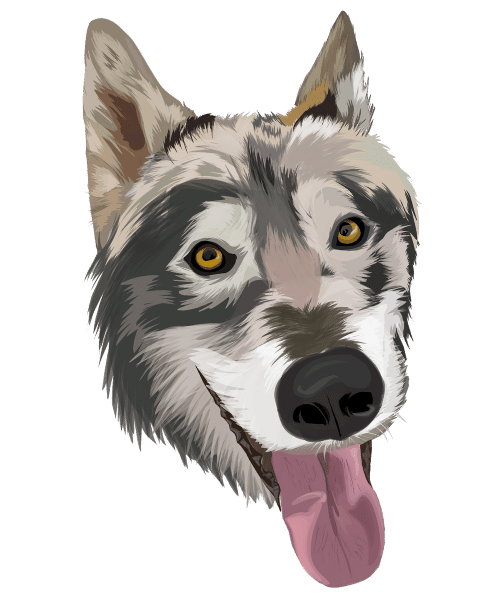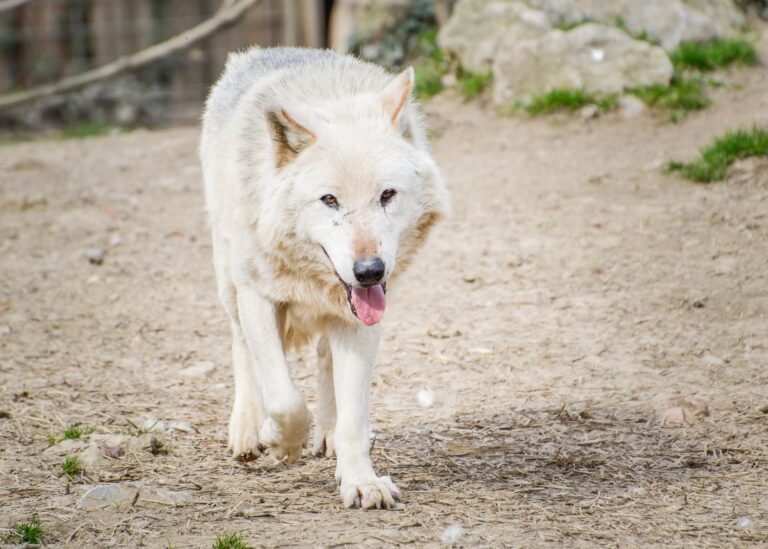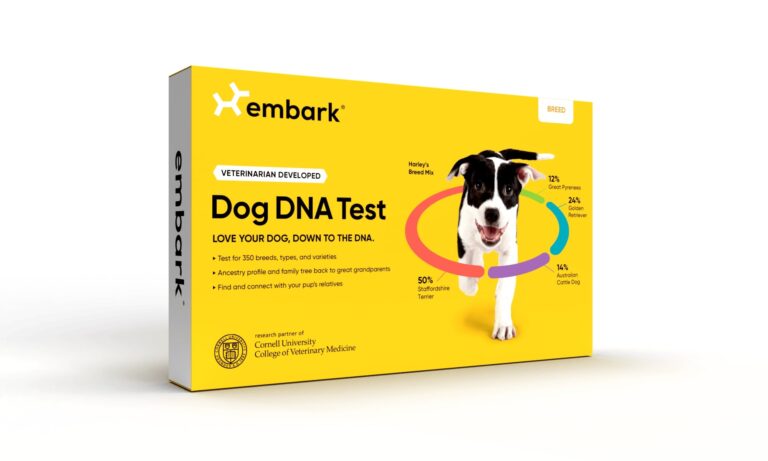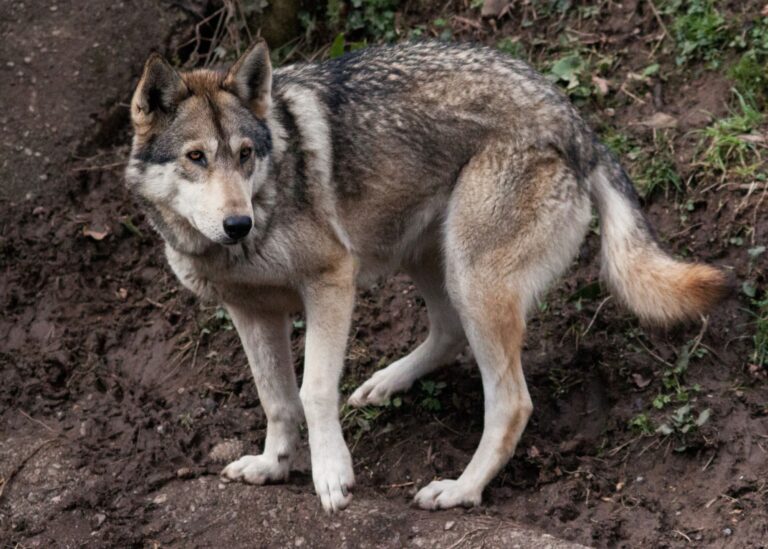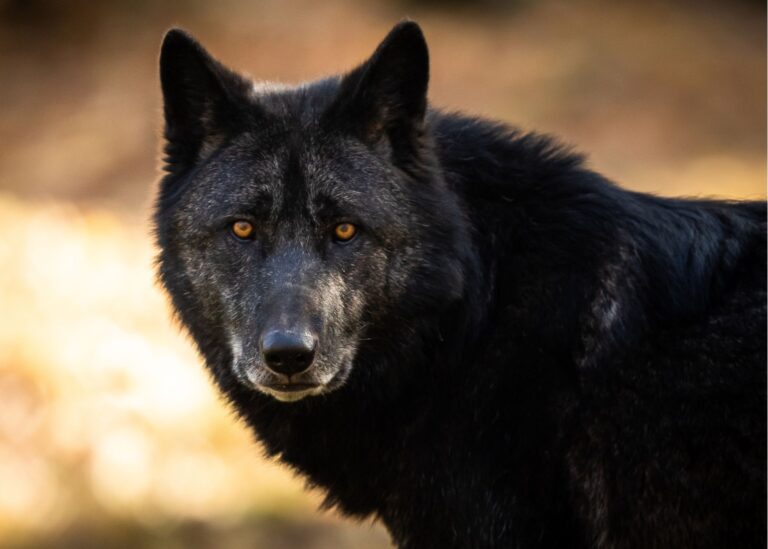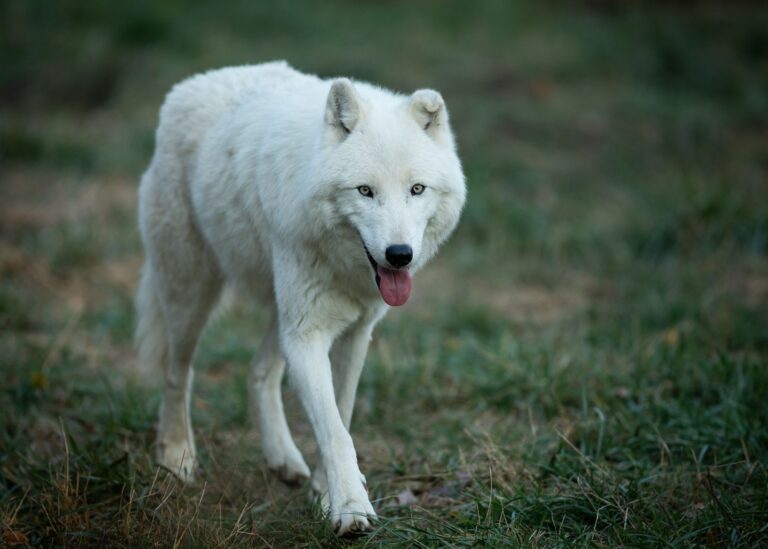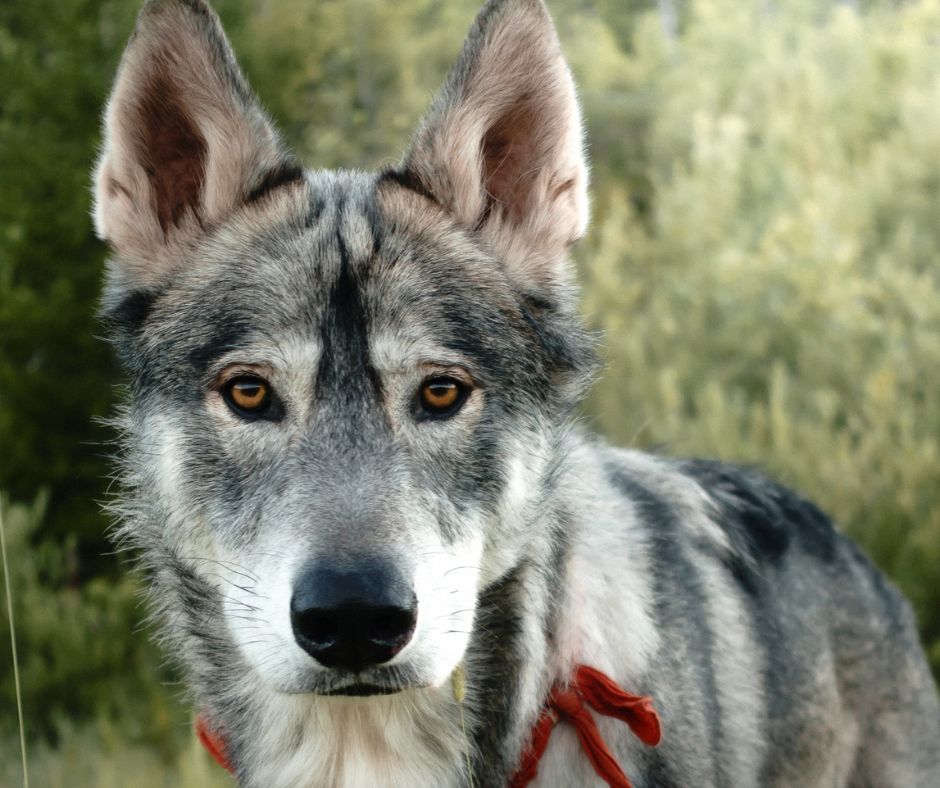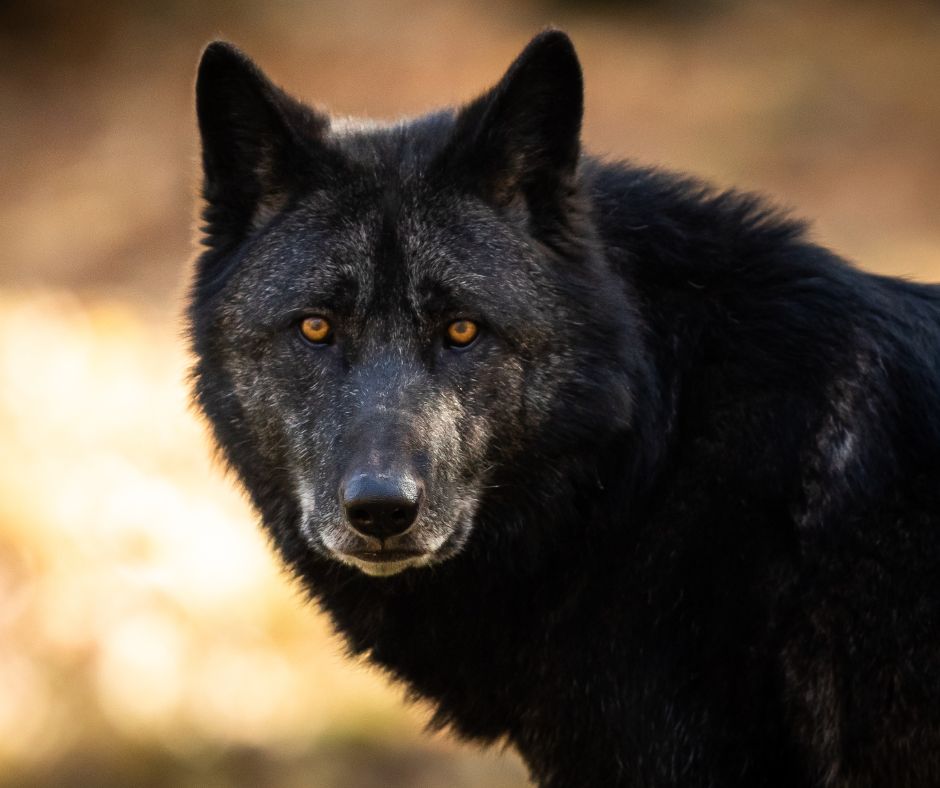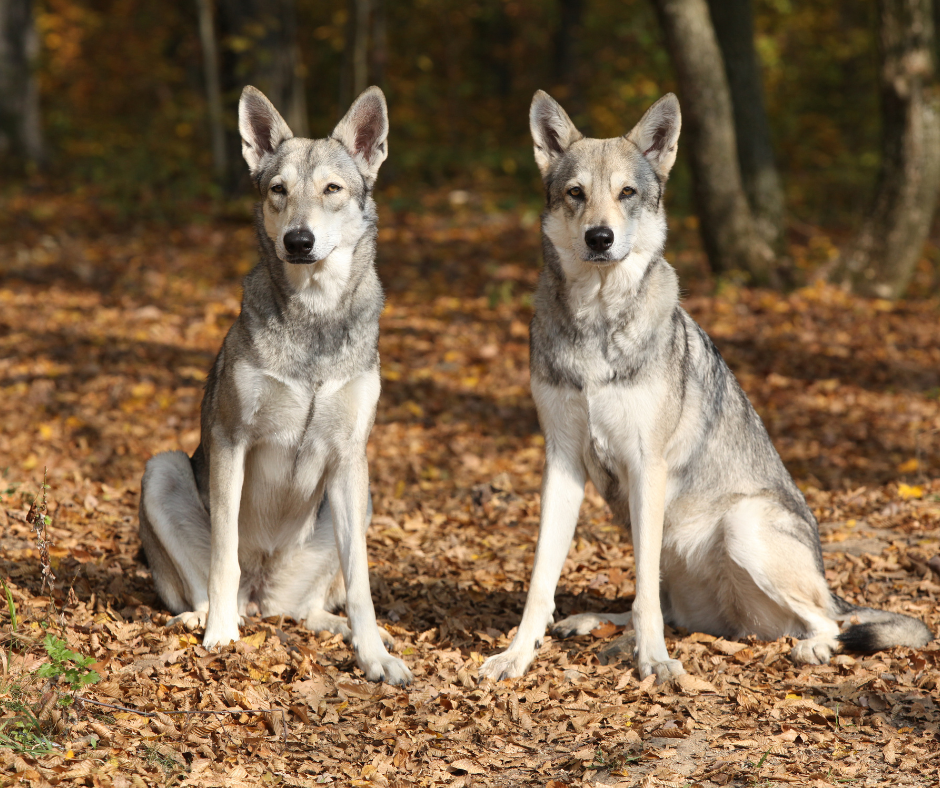Owning A High Content Wolf Dog (Traits, Training & Care)
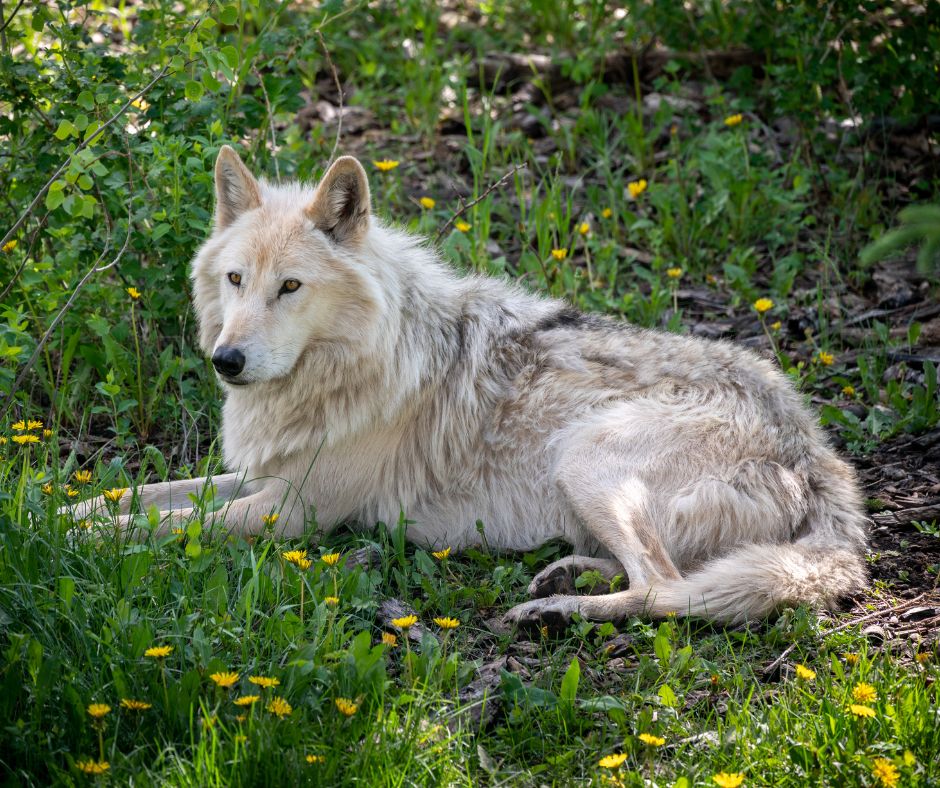
Throughout history, the mystery of wolves has fascinated us. From ancient folklore to blockbuster movies, we’ve been intrigued by these wild canines.
But, have you ever wondered what high content wolf dogs are truly like as pets? Watching them in movies is one thing, but owning one is a whole different experience.
In this blog post, we’ll help you understand the reality of high content wolf dogs as companions. From understanding their behaviors to providing them with enriching lives, we’ll help you guide you through the special care they require.
Table of Contents
ToggleWhat is a High-Content Wolf Dog?
A high-content wolf dog is the product of multi-generational selective breeding between two wolf dogs or between a wolf dog and a domestic dog, often several generations removed from a pure wolf, teetering on the edge of being almost indistinguishable from pure wolves while retaining subtle dog traits.
Many people throw around the word “wolf hybrid” when they see a dog that looks a little bit like a wolf, but in reality, very few dogs actually qualify as a true wolf hybrid. True wolf hybrids are extremely rare.
To gauge the level of “wolf” in a particular animal’s lineage, we delve into the concept of “content.” Content represents the percentage of purebred wolf genes present in an animal’s genealogy or DNA test results. A higher content percentage signifies a greater presence of purebred wolf genes in the individual.
Unlike low-content wolf dogs, which have a small percentage of wolf DNA, high-content wolf dogs have a significant genetic heritage from wolves, usually ranging from 85% to 99%. This means that they possess more wolf-like traits, both physically and behaviorally.
The “Filial Generation Number” indicates how many generations an individual is away from a pure wolf ancestor. The F1 to F5 system indicates how many generations the individual is removed from a full-blooded ancestor, typically a pure wolf.
For instance, an F1 cross is the direct offspring of a pure wolf and a dog or wolf dog. As we progress to F2 and beyond, the number denotes the generational distance from being a purebred wolf. F5, for example, would be five generations away from being 100% pure wolf.
Interestingly, even as the generations move further away from the original cross, some individuals may still exhibit a wolf-like appearance. This can be the result of selective breeding, where only the most favorable genes are chosen throughout previous generations. Traits like fur, nails, eyes, mannerisms, and physical movements are carefully selected, contributing to their remarkable appearance.
In some lower percentage high contents, like an 85% F1 (first-generation hybrid), you might notice slight deviations, such as slightly larger or offset ears, slightly shorter or bulkier muzzles, a slight curve in the tail, or a slightly thicker build.
Similarly, high contents with higher F-gens, such as a 90% F3 (third-generation hybrid), may exhibit these minor dog-like characteristics. However, overall, they remain remarkably close to their wolf lineage.
The only way to know for sure how much wolf DNA your dog has is though an Embark DNA test.
Physical and Behavioral Characteristics
Physical Traits
High-content wolf dogs possess a blend of physical features from both wolves and dogs. They tend to have a strong, sturdy build with a lean physique that allows for excellent agility. Their coats can vary widely, from dense and fluffy to sleek and coarse, often displaying a variety of colors like grays, blacks, and browns.
Their reproductive traits are also fascinating; both male and female high contents will cycle and reproduce like pure wolves. When it comes to giving birth, they will bring forth dark, solid-colored puppies that possess uniform looks, mirroring their ancestors in the wild.
Behavioral Traits
Perhaps the most intriguing aspect of high-content wolf dogs is their behavior. Due to their substantial wolf DNA, they exhibit distinct traits that set them apart from conventional dogs.
The behaviors of high content wolf dogs are consistent with those of pure wolves or very close to them. They are highly intelligent, independent, and instinct-driven animals.
What really sets them apart is their sensitivity to their environment, their stubbornness and their autonomous nature making them less likely to want to please their humans such as we find with domestic breeds.
However, high content wolfdogs are known for their remarkable bonding abilities. They form deep and loyal connections with both human and canine companions. Their pack-oriented nature means they thrive in the presence of a close-knit group, fostering strong bonds with those they consider part of their pack.
High-content wolf dogs tend to be more timid and fearful than aggressive towards humans. They are more likely to run away or hide when feeling threatened rather than resorting to attacking. However, it’s essential to remember that, like any canine, if they feel trapped or cornered, there is a risk they may bite as a defensive measure.
Additionally, high content Wolf dogs are often prone to claustrophobia so any situations that confine them should be handled with special care.
Lastly, high content wolfdogs, even those with lower percentages, may display destructive tendencies and suffer from separation anxiety, making it unsafe to leave them unsupervised in the house.
Caring for High-Content Wolf Dogs
Exercise and Mental Stimulation
Exercise for high content wolf dogs goes beyond physical activity; mental stimulation is equally, if not more, important for these intelligent and curious canines. Engaging their minds in various activities is key to their well-being.
Keep their intelligent minds engaged with fun activities like interactive puzzle toys that challenge their problem-solving skills. Regular training sessions not only keep them sharp but also strengthen your bond. Play hide and seek by hiding treats or toys to tap into their scenting abilities. Create scent games to fulfill their need for exploration. Use food dispensing toys or treat balls to turn mealtime into a mentally engaging activity. Socialize them with other dogs for mental stimulation through social interaction.
Socialization and Training
Proper socialization and training play a critical role in shaping the behavior of high-content wolf dogs, and it becomes even more critical as their wolf content increases. The higher the wolf content, the narrower the window for effective socialization becomes.
If you desire a wolfdog that is confident, well-adjusted, and capable of being your true companion in various settings, daily socialization with consistency is essential.
During your walks, you’ll have countless opportunities to introduce your wolfdog to other dogs and humans. These encounters will help your animal become comfortable with different personalities and environments. Regular exposure to various stimuli during walks can help reduce skittish behavior and foster a sense of confidence.
Regular car rides are a fantastic way to expose your wolfdog to a variety of experiences. From different types of automatic doors, various flooring surfaces, and changing lighting conditions to encountering lots of people and diverse atmospheres, every adventure will contribute to their socialization journey.
Throughout the socialization process, practice patience and use positive reinforcement to reward your wolfdog’s calm and relaxed behavior in different settings. Offer treats, praise, and encouragement as they navigate new experiences, helping them associate positive feelings with these encounters.
Diet and Nutrition
High-content wolf dogs thrive on a diet that resembles what their wild counterparts would consume. A balanced diet rich in protein, supplemented with appropriate vitamins and minerals, is vital to support their overall health and vitality.
Lean meats like beef, bison, venison, and poultry form the foundation of their diet, while liver, kidney, heart, and other organs are packed with essential nutrients, including vitamins, minerals, and amino acids, contributing to their overall health and well-being.
Building Trust and Preventing Aggression
The Power of Hand Feeding
To ensure proper bonding and socialization, wolf dog breeders pull high content puppies at an early age and bottle-fed them. This vital step helps them establish connections with humans and other animals.
Despite these efforts, high contents may remain highly reactive and sensitive to various situations and novel stimuli. Everyday occurrences like riding in the car or the beeping of a microwave can evoke intense responses.
One of the most crucial actions you can take is to start handfeeding your high content wolf dog immediately. When feeding time comes around, place the food in the palm of your hand and allow the pup to eat directly from it. This simple act establishes trust and reinforces your role as a provider and protector.
While hand feeding, take the opportunity to gently touch your pup’s ears, paws, head, and other body parts. This will help them become familiar with human touch and build a positive association with physical contact.
Leash Training
Leash training is another crucial aspect of your high content wolf dog’s development. Initially, leashes can be intimidating to high content wolf dogs, so it’s essential to introduce them gradually.
Begin by attaching the leash and letting your pup walk around the house at their own pace with the leash trailing behind. Allow them to become accustomed to the sensation and presence of the leash without pressure. Gradually, as they grow more comfortable, you can start holding the leash gently while walking indoors.
This gradual introduction to leash walking fosters confidence in your high content wolf dog, making outdoor adventures less daunting in the future. Remember, patience is key during this process, as each pup will adapt at their own pace.
Secure Outdoor Enclosures for High-Content Wolf Dogs
Due to their strong predatory instincts and exceptional agility, high-content wolf dogs need a large, secure outdoor enclosure to accommodate their need for freedom and exploration. The enclosure should be thoughtfully designed to ensure they cannot escape.
High content wolf dogs are agile and skilled jumpers, so a tall fence is an absolute necessity. A minimum height of 6 feet is recommended to prevent them from leaping over and escaping.
High content wolf dogs possess an innate need for space to explore and thrive. An enclosure of at least 1 acre or more allows them the opportunity to roam, run, and engage in natural behaviors. A spacious enclosure also helps prevent boredom and promotes a healthier, more active lifestyle.
Reinforcing the enclosure’s fencing is crucial to avoid any potential breaches. High content wolf dogs may attempt to dig or chew through fencing materials, so sturdy and durable materials are essential.
Reinforce the bottom of the fence with “dig guards” to discourage digging attempts and consider adding a layer of Lien Ins (wire mesh) to the interior of the fence to prevent chewing or damage.
Enriching the enclosure with natural elements provides your high content wolf dog with an environment that closely mimics their wild habitat. Consider incorporating trees, shrubs, and natural terrain features to encourage exploration and mental stimulation.
Additionally, providing opportunities for hiding, climbing, and exploring adds complexity to their daily lives, enhancing their overall well-being.
The Legal Aspect of Owning a High Content Wolf Dog
The legality of owning a high content wolf dog varies from place to place. Some regions have stringent regulations and may require special permits, while others outright ban the ownership of wolf dogs. It is crucial for potential owners to thoroughly research and comply with local laws to avoid any legal repercussions.
The Importance of Responsible Ownership
Wolf sanctuaries and rescues are usually overflowing with wolf dogs and wolf hybrids because back yard breeders sell to people who are unprepared or unqualified to care for these powerful, high-energy canines and they are given up.
Thousands of wolf dogs and hybrids end up being euthanized each year because there isn’t enough space or resources for their care.
In order to put a stop to this cycle, we need to education potential buyers about the responsibility that comes with owning a wolf dog.
Before making the commitment to own a high content wolf dog, potential owners should do their research to ensure that they are prepared to provide the animal with the care and attention it needs.
Wolf dogs are a high-maintenance breed, and they require a dedicated owner who is willing to invest the time and energy necessary to meet their needs.
High Content Wolf Dogs FAQ
Can high content wolf dogs be kept in urban environments?
Due to their unique needs, high content wolf dogs are better suited to spacious, rural settings with secure enclosures. Urban environments may not provide the necessary space and stimulation they require.
Do high content wolf dogs get along with other pets?
High-content wolf dogs may have strong predatory instincts, making them less compatible with smaller pets like cats or small dogs. Early socialization and careful introductions can help in some cases.
The Extraordinary Bond with a High Content Wolf Dog
Despite the challenges of owning a high content wolf dog, those who form a deep bond with these creatures often describe it as a once-in-a-lifetime experience. The unique connection forged with such an intelligent animal can be profoundly rewarding.
If you are thinking about owning high content wolf dog, I hope this helped you understand the requirements necessary to make sure they are in the right home.
Just remember that all wolf dogs need much more attention, patience, and training than any domestic dog. I do recommend you educate yourself thoroughly before deciding to have a wolf dog in your life as it is a huge adjustment.

